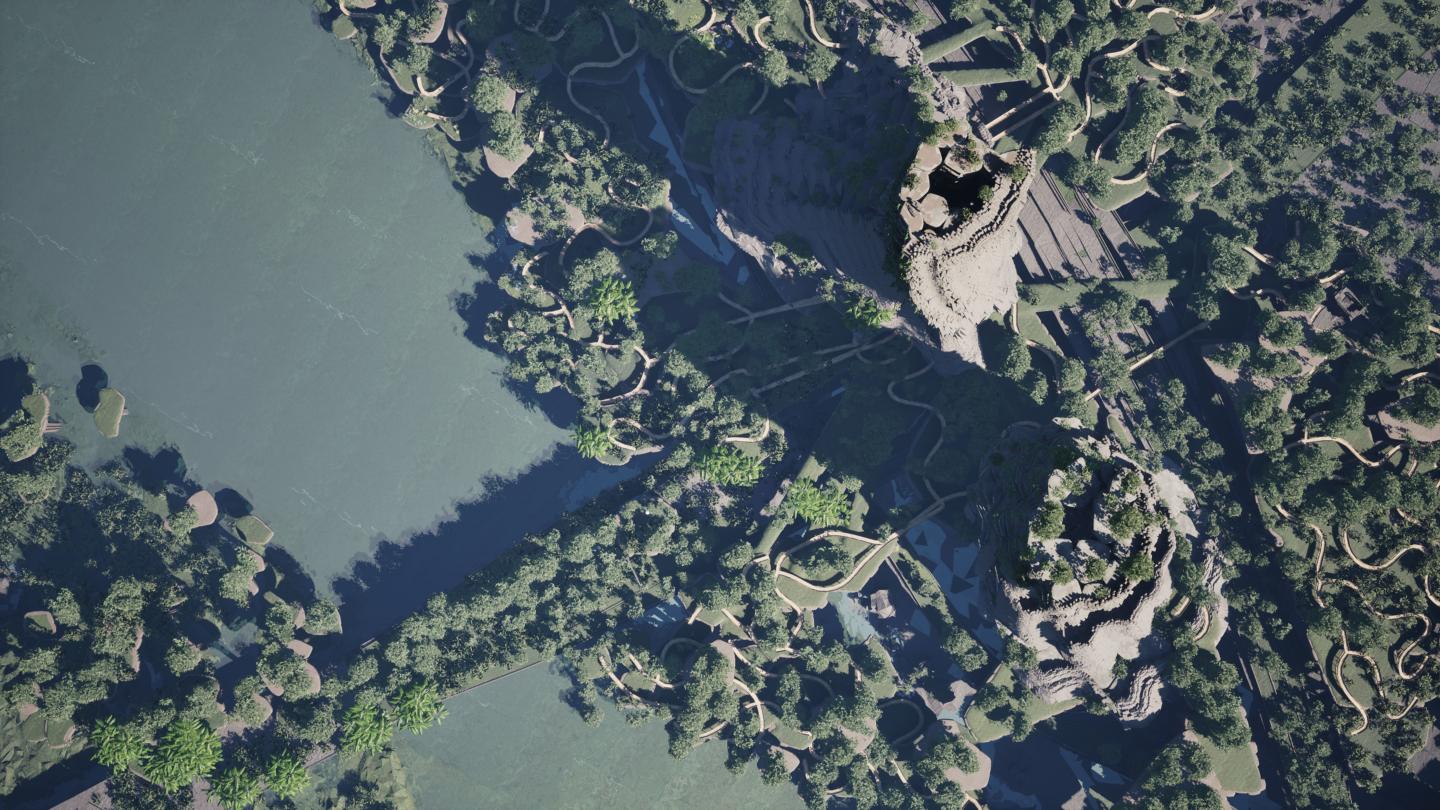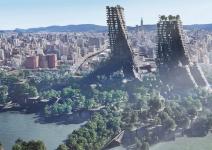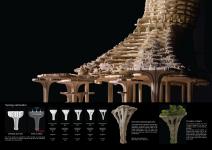VerdeNexus aims to tackle Taipei's urban heat islands, pollution, and lack of green spaces. Inspired by sustainability and resilience, the project envisions transforming the riverbank into a vibrant, adaptive, and biodiversity-rich area. It blends advanced architecture with innovative landscape design to harmonize technology, nature, and urban life.
Project idea
The idea of this project stems from the urgent need to address the pressing environmental challenges faced by urban areas, specifically the urban heat islands, pollution, and lack of green spaces in Taipei. Inspired by the vision of creating a sustainable and resilient urban ecosystem, VerdeNexus aims to transform Taipei’s riverbank area into a vibrant, adaptive, and biodiversity-rich urban space. The goal is to blend advanced architectural solutions with innovative landscape design, fostering a harmonious coexistence of technology, nature, and urban life.
Project description
This project encompasses several key components designed to achieve ecological revitalization and sustainable urban living. The primary focus is the redevelopment of Taipei’s riverbanks, incorporating functionally graded materials to promote selective vegetation growth and enhance microclimates. The project will utilize bio-design solutions and marine-based biomaterials, integrating melanin as a photoprotective element to tackle urban heat islands and environmental degradation.
By challenging traditional construction methods, materials will be deposited layer by layer based on their compressive strength and weathering ability, following intricate geometries influenced by environmental factors. The overall scope includes creating green spaces, improving air quality, and fostering healthier, adaptive urban environments.
2024
The technical specifications of the VerdeNexus project involve several advanced methodologies and materials. Functionally graded materials will be used to enable selective vegetation growth, enhancing the microclimate and promoting biodiversity. Marine-based biomaterials will be integrated for their ecological benefits, while melanin will be incorporated as a natural photoprotective element. The construction process will employ additive manufacturing technologies, depositing materials layer by layer according to their compressive strength and resistance to weathering. This approach allows for the creation of complex geometries tailored to the environmental conditions of the site. Additionally, the project will utilize cutting-edge bio-design solutions to ensure the sustainability and resilience of the developed urban spaces.
Designer: Chao-Chun Kung
Tutors: Alexandra Lacatusu, Tony Le, Javier Ruiz












